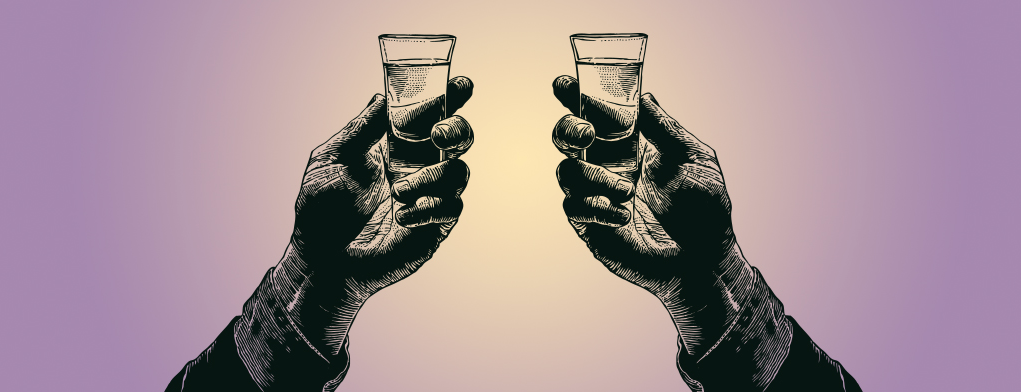by: Tessa Wegert, Shutterstock (Excerpt)
There you are, standing in an over-air-conditioned liquor store aisle, face to face with hundreds of bottles — and a choice. There’s a lot riding on the cardboard boxes, screen-printed logos, and etched imagery before you. They do everything from relay the nature of the product to convey the brand’s personality and tell a story of its roots.
So how do designers create a label and brand identity that won’t get lost on a crowded shelf? […]
There are several ways in which wine’s branding and marketing differs from that of beer and liquor. One is that wine buyers don’t necessarily know what they want. “Consumers are still learning what wine is, so it’s a real challenge to bring the wine to life (through packaging),” said Brian Solis, principal analyst with research and advisory firm Altimeter, a Prophet company, and author of X: The Experience When Business Meets Design. “You need to play with tasting elements, but also lifestyle elements, and give each bottle a personality,” he said.
Solis, who has worked as a creative consultant for such wineries as Four Vines and Andrew Lane, also points to the nature of the source material. Most winemakers have a limited harvest of grapes. Working with a set number of cases of wine means they must weigh marketing spend against potential revenue. Nielsen’s research shows that wine brands consistently spend significantly less on media than beer and liquor brands.
That leaves much of the marketing heavy lifting to branding elements like name, label, bottle shape, and tasting notes. Still, according to Solis many wineries — and alcohol brands in general — make the mistake of playing it safe.
“If you think of the wine and beer industries, many labels look the same — same shape, same back label, even similar websites,” Solis said. Many companies put craftsmanship above marketing, but the fact is that quality isn’t enough. “The word ‘brand’ means there’s something behind it that becomes relatable and shareable, and that takes some work,” he explained. “A great product is not going to be enjoyed if people don’t buy it and talk about it.”
One wine brand known for putting in the extra effort is Orin Swift. You won’t find generic pictures of grapes and vines on these labels; rather, the winery favors edgy photography. Solis, a fan of the brand, says its designs do a great job of “challenging convention,” while the lack of tasting notes “brings the wine’s mysterious personality to life.”







Leave a Reply